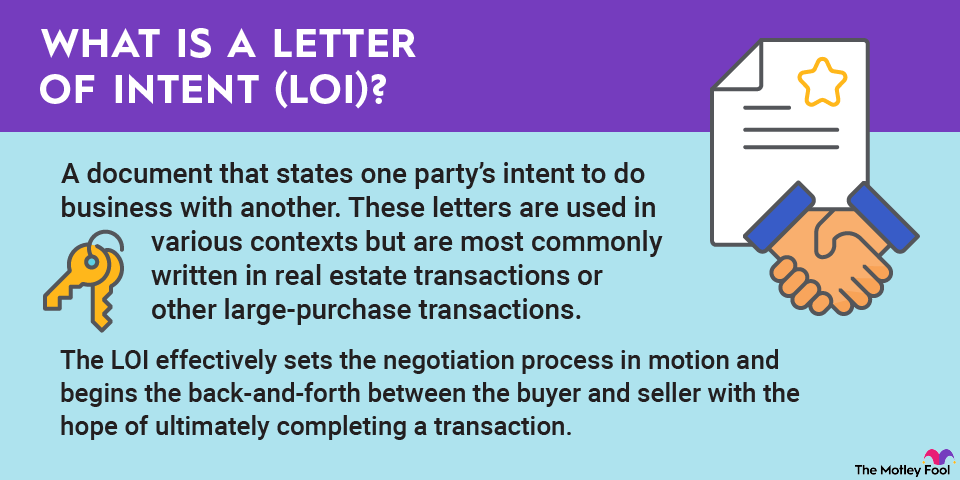Leverage ratios help determine an entity's debt relative to another financial metric like equity or cash flow. These financial measures help show how much of an entity's capital comes from debt and whether it can meet its financial commitments. Higher leverage ratios show that an entity has more debt relative to another financial metric, which can indicate the potential for a problem.

What is a leverage ratio?
A leverage ratio is a financial measurement of debt. It puts an entity's debt into better context by showing it as a ratio relative to another financial metric like equity or earnings. A leverage ratio can help determine the financial health of an entity.
High leverage ratios can indicate a company is using excessive debt to finance its operations. That can tell an investor to avoid the company because it might eventually default on its debt and declare bankruptcy.
What are some common leverage ratios?
There are several important leverage ratios, including:
- Debt-to-Equity (D/E) Ratio: This leverage ratio divides a company's total liabilities by total shareholders' equity. A high D/E ratio (greater than 2.0) suggests that the company uses a lot of debt to finance its expansion, which could make it hard to fund its operations if market conditions deteriorate.
- Debt-to-Capitalization Ratio: This leverage ratio divides a company's total debt (short- and long-term) into its total capitalization (total debt plus shareholders' equity). It measures the amount of debt as a percentage of a company's capital structure.
- Debt-to-Capital Ratio: This metric measures a company's financial leverage, calculating its debt compared to its total capital base.
- Debt-to-EBITDA Ratio: This leverage ratio measures a company's ability to repay its debt. It determines how many years a company would need to pay off all its debt based on its underlying earnings. A debt-to-earnings before interest, taxes, depreciation, and amortization (EBITDA) ratio above 3.0 can be a warning sign, depending on the industry. Some industries use variations of this ratio. For example, the real estate sector often uses debt-to-EBITDAre, and energy companies will sometimes utilize debt-to-EBITDAX. Those metrics adjust for the gain or loss on the sale of depreciable property and exploration expenses, respectively.
- Interest Coverage Ratio: This leverage ratio divides operating income by interest payments. An interest coverage ratio of 3.0 or more is good, although it varies by industry.
- The Fixed-Charge Coverage Ratio: Also known as times interest earned (TIE), this ratio is similar to the interest coverage ratio. It's a company's EBIT divided by the interest expense of long-term debt. It helps gauge whether a company generates enough cash flow for interest payments.
Targeted leverage ratios vary by industry because some use more debt to fund their operations (e.g., real estate and energy) and have higher acceptable leverage ratios than others. Investors need to learn an industry's leverage targets to determine if a company's leverage ratio is a cause for concern.
Why are leverage ratios important?
Leverage ratios help investors view a company's debt through a different lens. Having $10 billion of debt might be a lot for one company, but it could be manageable for another. Leverage ratios help showcase a company's debt relative to its total capital structure or earnings, giving investors a better picture of how the debt could affect its ability to operate.
Leverage ratios can also help investors compare a company's debt usage to others in its industry. They can showcase that one company uses excessive debt to finance its expansion. That could affect the company by saddling it with high interest payments that it might not be able to afford if its income doesn't grow as much as anticipated.
Leverage ratios are one of many tools investors can use to gauge the riskiness of a potential investment. They can help identify potential debt-related issues that could affect an investor's return.

















